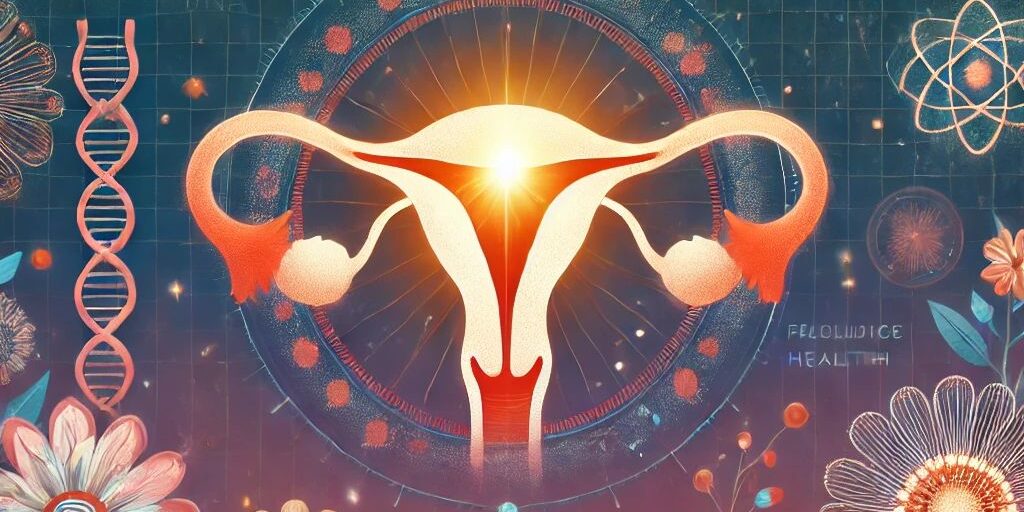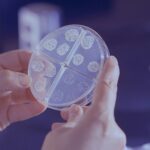An incredible statistic from the World Health Organization (WHO), caught our attention. 8-13% of reproductive-aged women in the world suffer from Polycystic Ovarian Syndrome (PCOS). This was shocking – a quick exchange of notes between the team members at Diverge revealed that anecdotally, we knew at least 3 in 5 women to be suffering from PCOS. Our collective intuition was justified when we read that 70% of women with PCOS remain undiagnosed, living with symptoms that affect their daily lives.
This Deep Dive, we ask, what exactly is PCOS, and why is it important to talk about it?
PCOS is a hormonal disorder characterized by irregular periods, elevated androgen (male hormone) levels, and ovarian cysts. It’s a leading cause of infertility and, if left untreated, can increase the risk of type II diabetes, hypertension, and endometrial cancer.
Despite its prevalence, there is no definitive cure for PCOS. Treatments often focus on managing symptoms such as acne and hair loss, while lifestyle changes, like weight management, dietary adjustments, and regular exercise, are frequently recommended. In extreme cases, women are prescribed hormonal treatments and supplements, however these often come with a healthy dose of side-effects.
Here’s another trend that demands our attention: the age at which girls reach puberty is declining.
- In the USA, the percentage of girls who experienced their first period before age 9 doubled from the 1950s to the 2000s.
- In North Indian girls, the average age of puberty decreased from 16.5 years in the 1980s to 12.4 years by the 2010s.
More and more girls are hitting puberty earlier in their lives. On face value, it may not seem like such a big deal; but precocious puberty comes with its own risk factors. Girls who hit puberty earlier have increased risk of developing mental health issues like anxiety and depression, type II diabetes, and PCOS. With more and more girls ready to begin their adolescent journey and navigate the associated health problems, the time to find a cure for PCOS is now.
At Diverge, we are committed to communicating meaningfully about women’s health. Are you ready to join the conversation?







